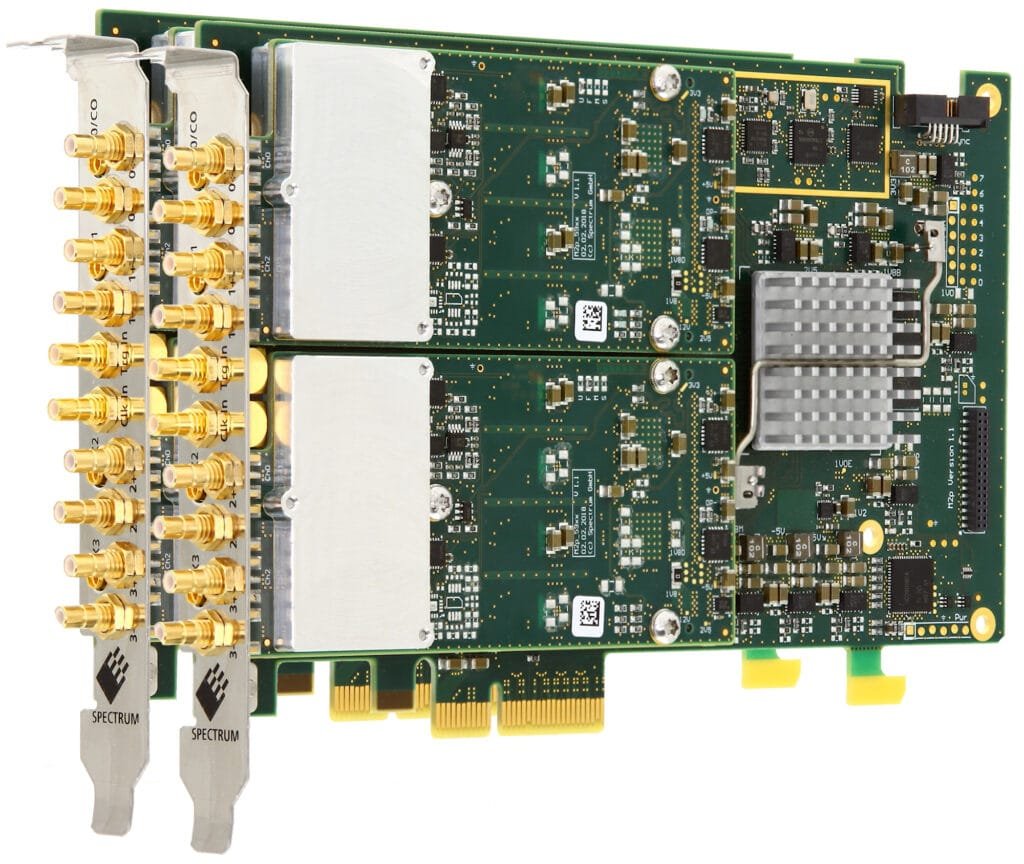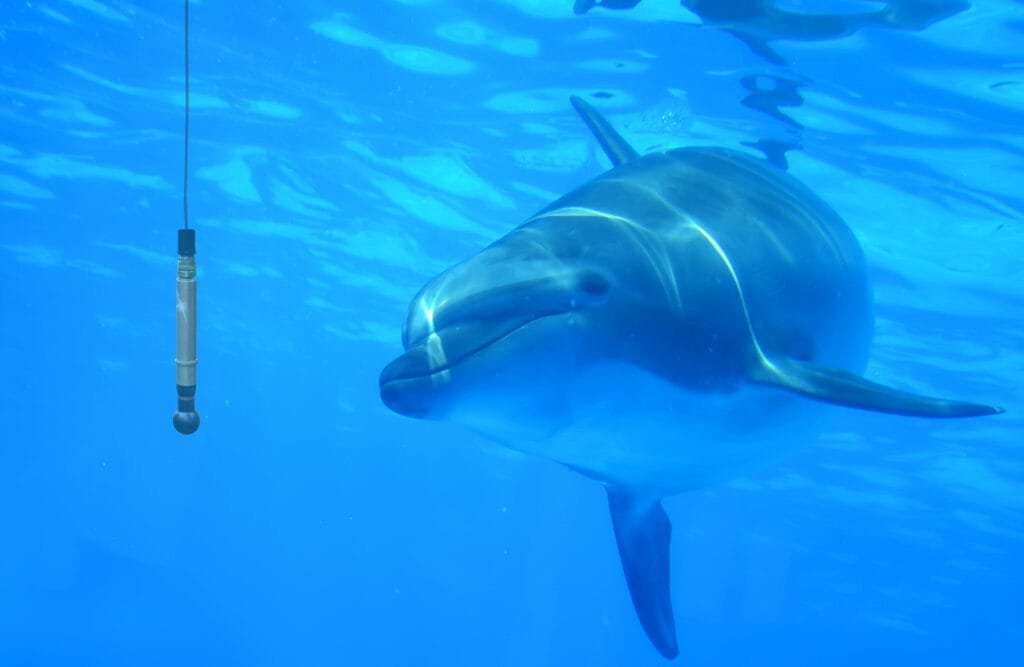Dolphin sonar: Imagine dolphins using a screen interface just like we use a computer mouse. That futuristic idea is rapidly becoming reality thanks to a groundbreaking project at the Dolphin Research Center (DRC) in the Florida Keys. This innovative initiative harnesses the power of sonar clicks made by dolphins—translating them into digital signals using cutting-edge digitizer cards and AI—to eventually control a cursor on an underwater display. The implications? A revolutionary step forward in understanding dolphin cognition, behavior, and communication.
Understanding Dolphin Echolocation: Nature’s Built-In Radar
Dolphins are equipped with one of the most advanced natural sonar systems on Earth. Known as echolocation, this skill allows them to emit high-frequency clicks and interpret the returning echoes to identify the size, shape, and location of objects around them. It’s like having a biological submarine radar. This system helps dolphins navigate murky waters, find food, and even interact with each other.
The research project at DRC taps directly into this echolocation power. By listening to these sonar clicks through a sophisticated hydrophone array, scientists can now understand where a dolphin is focusing its attention. But how do we convert these analog sonar clicks into actionable data? That’s where digitizer cards come into play.
The Role of Hydrophones and Digitizers in Dolphin Research
To capture the precise direction and focus of dolphin sonar, the Dolphin Research Center installed 15 hydrophones underwater. These hydrophones act like underwater microphones, collecting detailed sound signals every time a dolphin emits a click.
These acoustic signals are then passed on to a specialized digitizing system provided by Spectrum Instrumentation. Their high-resolution, synchronized digitizer cards take these analog sonar clicks and transform them into digital signals that can be interpreted by artificial intelligence.
The current setup utilizes two Spectrum M2p.5913 digitizer cards. Each card has 8 acquisition channels, a 5 MS/s sampling rate, and 16-bit resolution. Connected via a Spectrum Star-Hub synchronization module, this configuration ensures perfect timing between all 15 hydrophone inputs—crucial for triangulating the dolphin’s sonar focus with pinpoint accuracy.

Solving Buffering Issues: Why the Switch to Spectrum Instrumentation Was Critical
Before implementing Spectrum’s hardware, the research team struggled with digitizers that captured excessive amounts of data. This caused severe buffering issues that prevented real-time processing—a major hurdle for any project dependent on instantaneous input-response feedback, like cursor control.
The M2p.5913 cards solved this bottleneck elegantly. They collect just the right amount of data: enough to determine the dolphin’s focal point through sonar, while also gathering surrounding environmental sounds for context. The onboard memory of these cards allows seamless data flow to the processing system, without buffering delays.
According to Jesse Fox, Director of IT at DRC, “The Spectrum cards capture the perfect amount of data needed to pinpoint the echo location information and, crucially, gather enough ambient sounds for the AI to parse them out.”
Artificial Intelligence: Decoding Dolphin Focus in Real-Time
Once the sonar clicks are digitized, they’re processed using a custom-built AI model. This AI system compares the time-stamped inputs from all 15 hydrophones to locate exactly where the dolphin is concentrating its echolocation.
From these digital footprints, the AI can render a position in 3D space, effectively showing what the dolphin is “looking at” using sound. Eventually, this data will be used to move a cursor on an underwater screen, enabling dolphins to interact with digital interfaces by simply using their natural sonar clicks.
The data load is impressive—over 8 terabytes per week. All of this is uploaded to Google Drive for deeper AI training and long-term analysis. The more data the system has, the better it gets at interpreting the subtle nuances of dolphin sonar.

Dolphins as Digital Artists: The Vision for a Sonar-Controlled Paint Program
Jesse Fox envisions a future where dolphins do more than move cursors—they create. The first milestone is building a simple paint program where dolphins can choose colors, draw patterns, or maybe even sign their own names using the cursor they control through echolocation.
“We hope to reach this stage by the end of 2025,” Jesse shared. “The first thing I want to do then is to write a paint program for the dolphins to play with.”
This interactive layer goes beyond enrichment—it opens up new pathways in animal cognition research. If dolphins can express themselves visually using technology, it may drastically shift how we understand their intelligence and emotional depth.
About Spectrum Instrumentation
Spectrum Instrumentation, founded in 1989, uses a unique modular concept to design and produce a wide range of more than 200 digitizers and generator products as PC-cards (PCIe and PXIe) and stand-alone Ethernet units (LXI). In over 35 years, Spectrum has gained customers all around the world, including many A-brand industry-leaders and practically all prestigious universities. The company is headquartered near Hamburg, Germany, known for its 5-year warranty and outstanding support that comes directly from the design engineers. More information about Spectrum can be found at www.spectrum-instrumentation.com
Image Source: google.com
